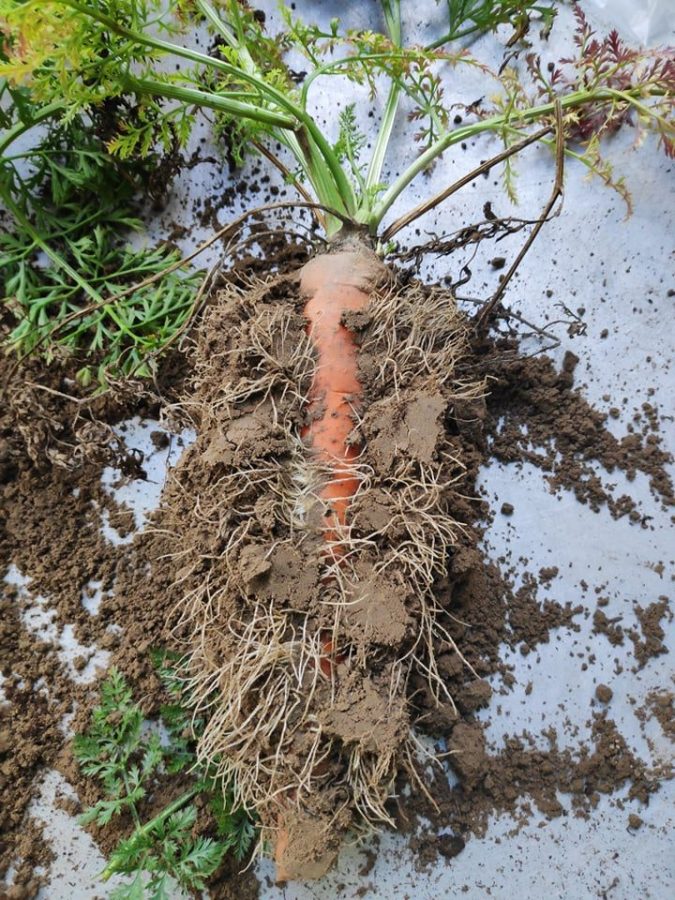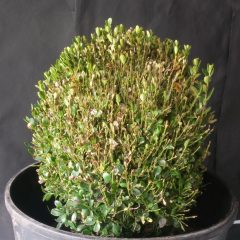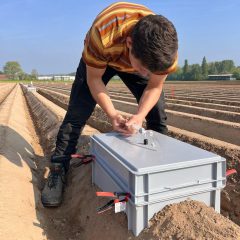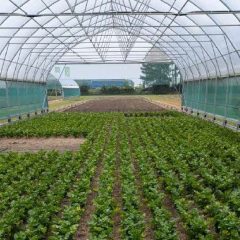Research project Phytoplasmas and ‘Candidatus Liberibacter solanacearum’ III – vector transmission risk assessment

General introduction
This completed project clarifies how two new plant pathogens - a bacterium and a phytoplasma - get into commercial carrot, potato and celery fields and surrounding border plants (weeds and trees). Transmission occurs by insects, but which ones were not yet clear. The two research questions were as follows: Which cicada and aphid-like insects, and which other insects (groups), if any, present are able and responsible to play vector to the Aster Yellows phytoplasma (AY phytoplasma), on the one hand, and to the bacterium CaLso, in full Candidatus Liberibacter solanacearum, on the other? Is it possible to prove transmission for a group of selected potential vectors, through the establishment of colonies and subsequent transmission experiments? The reason for the research was the discovery in Belgium (several years ago) of a root field that appeared to be highly infected with 'Aster Yellows phytoplasma', and on the other hand of a few first foci of mixed phytoplasma/'Candidatus L. solanacearum' infections. There were initial determinations and hypotheses of the vectors, but more systematic research was needed.
Research approach
Starting from the AY phytoplasma transmitter Macrosteles sexnotatus (identified at the time of infection), an additional phytoplasma and 'Candidatus Liberibacter solanacearum' survey was conducted in the area where CaLso was previously demonstrated on root plots, and on root fields with a previous history of phytoplasma infection. Vector monitoring was conducted on a selected number of infected (phytoplasma and/or CaLso) fields. Potential vectors from the infected fields were tested for the presence of phytoplasma and CaLso. Finally, experimental transmission experiments were set up for those insects that tested positive for phytoplasma and/or CaLso presence to demonstrate transmission potential.
Relevance/Valorization
This project closed a number of knowledge gaps regarding the transfer of phytoplasmas and Ca. Liberibacter within and between the host plants carrot and potato via insect vectors. Knowledge has been shared with transnational partners of the parallel Euphresco project, with policy makers (for risk analysis), with the industry (for management purposes) and with the scientific community through scientific publications.









